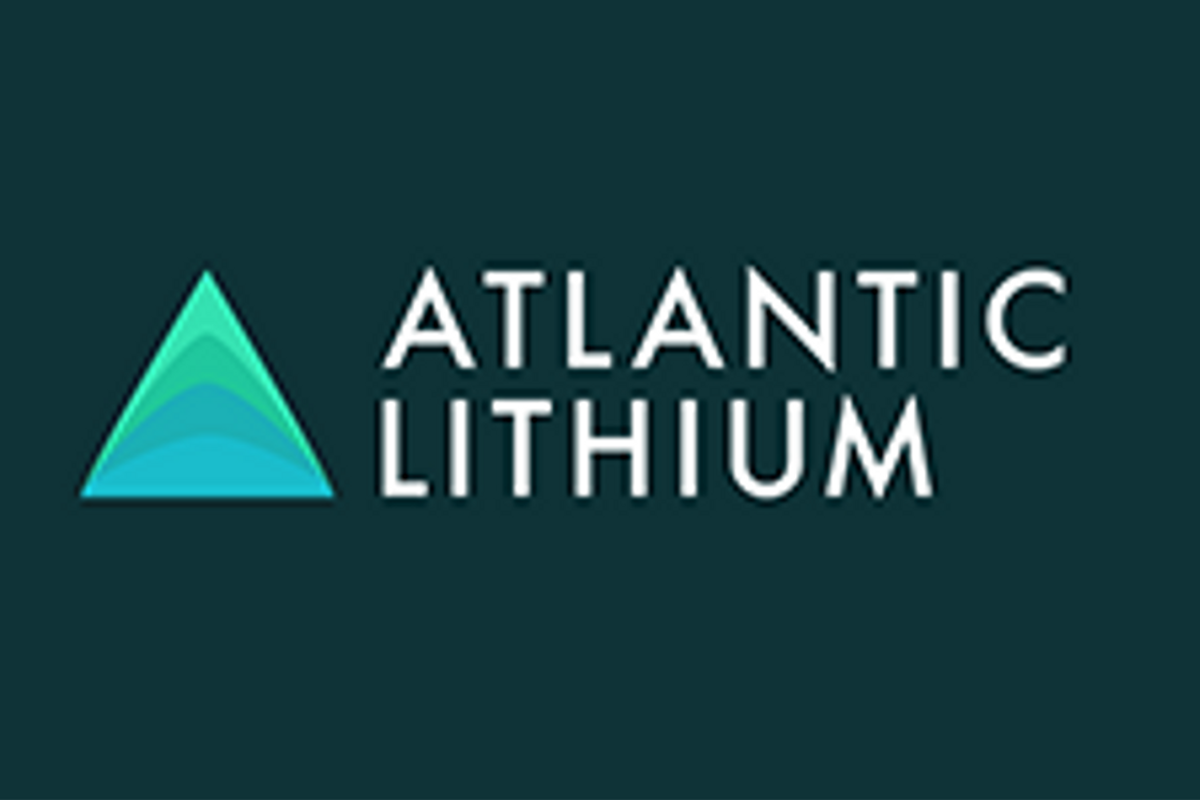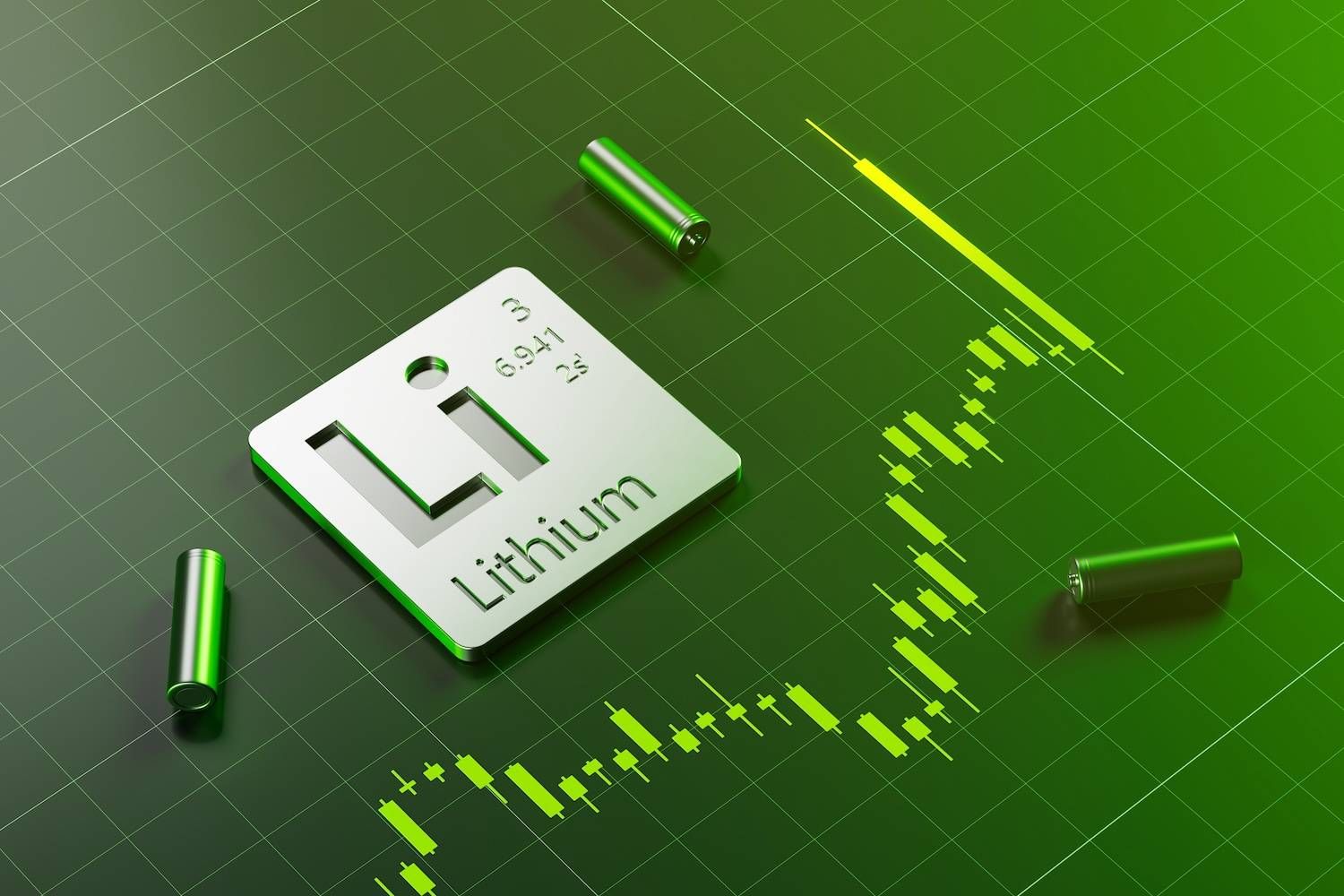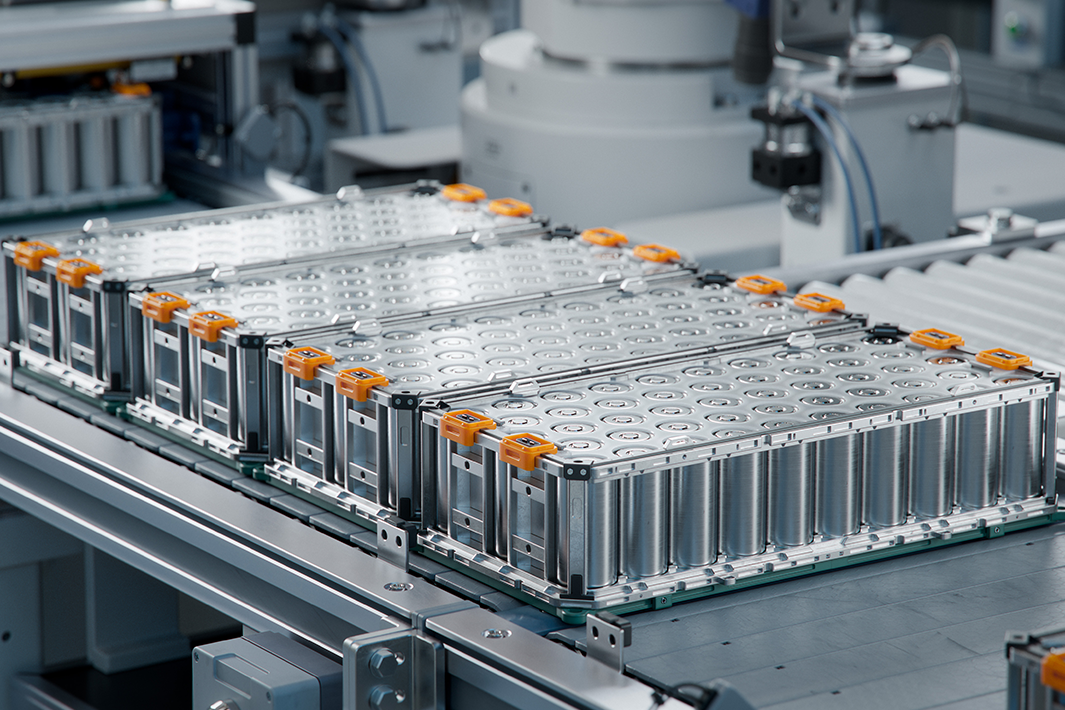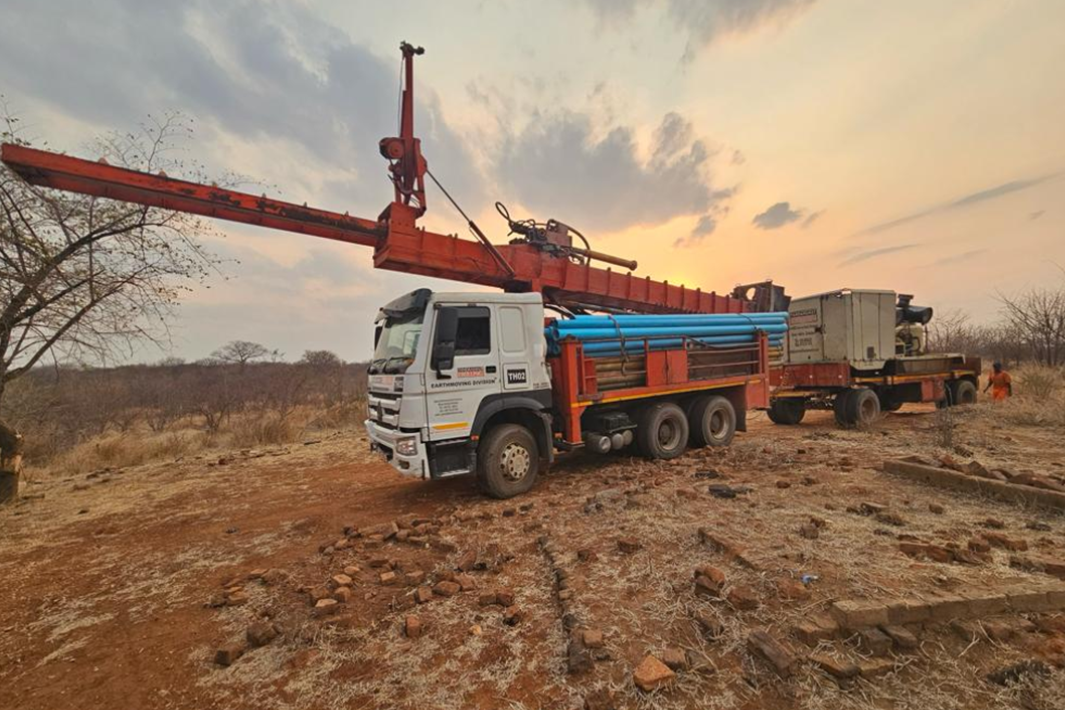
March 18, 2024
69m at 1.25% Li2O from 45m returned at Dog-Leg target, outside of current MRE1
Atlantic Lithium Limited (AIM: ALL, ASX: A11, OTCQX: ALLIF, “Atlantic Lithium” or the “Company”), the African-focused lithium exploration and development company targeting to deliver Ghana’s first lithium mine, is pleased to announce further broad and high-grade assay results from resource drilling completed at the Company’s flagship Ewoyaa Lithium Project (“Ewoyaa” or the “Project”) in Ghana, West Africa.
Highlights:
- Further assay results received for 2,514m of extensional resource reverse circulation (“RC”) drilling completed at the Dog-Leg target, representing the final results from drilling undertaken in 2023, with a total of 25,898m drilled throughout the year.
- Multiple high-grade and broad extensional drill intersections reported at the new Dog-Leg target outside of the current 35.3Mt @ 1.25% Li2O JORC (2012) compliant Ewoyaa Mineral Resource Estimate1 (“MRE” or the “Resource”), including highlights at a 0.4% Li2O cut-off and a maximum 4m of internal dilution of:
- GRC1024: 69m at 1.25% Li2O from 45m
- GRC1027: 34m at 1.02% Li2O from 160m
- GRC1024: 22m at 0.85% Li2O from 141m
- GRC1030: 16m at 1.08% Li2O from 111m
- GRC1032: 12m at 1.11% Li2O from 83m
- Results at Dog-Leg are significant; drilling has intersected shallow dipping, near surface mineralised pegmatite bodies with true thicknesses up to 35m outside of the MRE1, proving potential for significant resource growth.
- The Company is advancing the drilling programme to be undertaken in 2024:
- Plant site sterilisation drilling now completed for a total of 3,177m in 21 holes, with no mineralisation intersected, providing confidence in the proposed plant site location.
- A further 804m of RC drilling and 70m of diamond core drilling recently completed at Dog-Leg, with assay results pending.
- Further resource extension and exploration drilling planned alongside ongoing regional exploration.
- MRE upgrade, for both lithium and feldspar, to incorporate all 2023 and 2024 drilling, targeted for H2 2024.
Commenting on the Company’s latest progress, Neil Herbert, Executive Chairman of Atlantic Lithium, said:
“The final assay results from drilling completed in 2023 have again delivered impressive intersections, providing further confidence in the growth potential of the current 35.3Mt @ 1.25% Li2O Resource at the Ewoyaa Lithium Project.
“These results are from the new mineralised area at the Dog-Leg target, located on the northern tip of the Ewoyaa Main deposit, outside of the current MRE, where drilling has returned multiple high-grade and broad near surface extensional intersections, including 69m at 1.25% Li2O from 45m. This follows the intersection of 83m at 1% Li2O from 36m in hole GRC1020 reported at Dog-Leg last month.
“On the back of the encouraging results delivered from drilling completed in 2023 at Dog-Leg, we are excited to have recently completed a further 874m of resource extension drilling at the target as part of our resource growth programme for 2024. We look forward to receiving further drilling results and delivering a MRE upgrade for the Project, targeted for H2 2024. The MRE upgrade will include updates to both the lithium and feldspar and incorporate all of the results received from drilling completed in 2023 and results pending for 2024.
“In addition, we are pleased to have recently completed the plant site sterilisation programme without any surprises, allowing us to continue with our mine site designs and permitting.
“We look forward to updating shareholders on our ongoing progress.”
Click here for the full ASX Release
This article includes content from Atlantic Lithium, licensed for the purpose of publishing on Investing News Australia. This article does not constitute financial product advice. It is your responsibility to perform proper due diligence before acting upon any information provided here. Please refer to our full disclaimer here.
A11:AU
The Conversation (0)
26 November
Long State Funding Update
Atlantic Lithium (A11:AU) has announced Long State Funding UpdateDownload the PDF here. Keep Reading...
31 October
Quarterly Activities/Appendix 5B Cash Flow Report
Atlantic Lithium (A11:AU) has announced Quarterly Activities/Appendix 5B Cash Flow ReportDownload the PDF here. Keep Reading...
20 October
Pronounced Lithium-in-soil Anomalies
Atlantic Lithium (A11:AU) has announced Pronounced Lithium-in-soil AnomaliesDownload the PDF here. Keep Reading...
03 September
Corporate Funding Update
Atlantic Lithium (A11:AU) has announced Corporate Funding UpdateDownload the PDF here. Keep Reading...
31 July
Quarterly Activities/Appendix 5B Cash Flow Report
Atlantic Lithium (A11:AU) has announced Quarterly Activities/Appendix 5B Cash Flow ReportDownload the PDF here. Keep Reading...
24 December
Altius Minerals to Expand Portfolio with C$520 Million Lithium Royalty Deal
Altius Minerals (TSX:ALS,OTCQX:ATUSF) is making a bet on a lithium market recovery, agreeing to acquire Lithium Royalty (TSX:LIRC) in a C$520 million deal that will expand its exposure to battery metals.Under a definitive agreement announced by the two companies on Monday (December 22), Altius... Keep Reading...
23 December
Liontown's First Tjiwarl Member Completes Apprenticeship at Kathleen Valley
Liontown (ASX:LTR,OTC Pink:LINRF) has reached a milestone at its Kathleen Valley operations, with Vaughan Harris becoming the first Tjiwarl community member to complete an apprenticeship with the company.“Being the first Tjiwarl apprentice to complete an apprenticeship here at Liontown feels... Keep Reading...
22 December
Lithium Market 2025 Year-End Review
The global lithium market endured a bruising 2025, with persistent oversupply and softer-than-expected electric vehicle (EV) demand driving prices for the battery metal to multi-year lows.Lithium carbonate prices in North Asia slipped below US$9,550 per metric ton in February — their weakest... Keep Reading...
11 December
Mining the Gap: 5 Forces Shaping North America’s Lithium Supply Chain
A convergence of industry investments, government initiatives and a shifting global trade dynamic is creating an environment ripe for the development of a North American battery supply chain, with lithium playing a leading role. These trends are reshaping the region’s industrial base and opening... Keep Reading...
10 December
Rock Bottom: Strategic Window for Ground-level Lithium Investment
When lithium prices hit bottom, savvy investors know that’s exactly where the next big discovery begins — literally. Beneath the surface of global markets and remote exploration grounds, new opportunities are forming in the wake of a sharp price reset and renewed geopolitical urgency.Recent... Keep Reading...
10 December
Liontown Resources Pens Lithium Offtake Agreement with China's Canmax
Liontown Resources (ASX:LTR,OTC Pink:LINRF) has executed a binding offtake agreement with Chinese conglomerate Canmax Technologies (SZSE:300390) as part of its strategy to diversify its customer base.“Listed on the Shenzhen Stock Exchange, Canmax is one of the world’s leading manufacturers of... Keep Reading...
Latest News
Interactive Chart
Latest Press Releases
Steadright Grants Stock Options
24 December
Silverco Confirms No Material Change
24 December
Related News
TOP STOCKS
American Battery4.030.24
Aion Therapeutic0.10-0.01
Cybin Corp2.140.00






